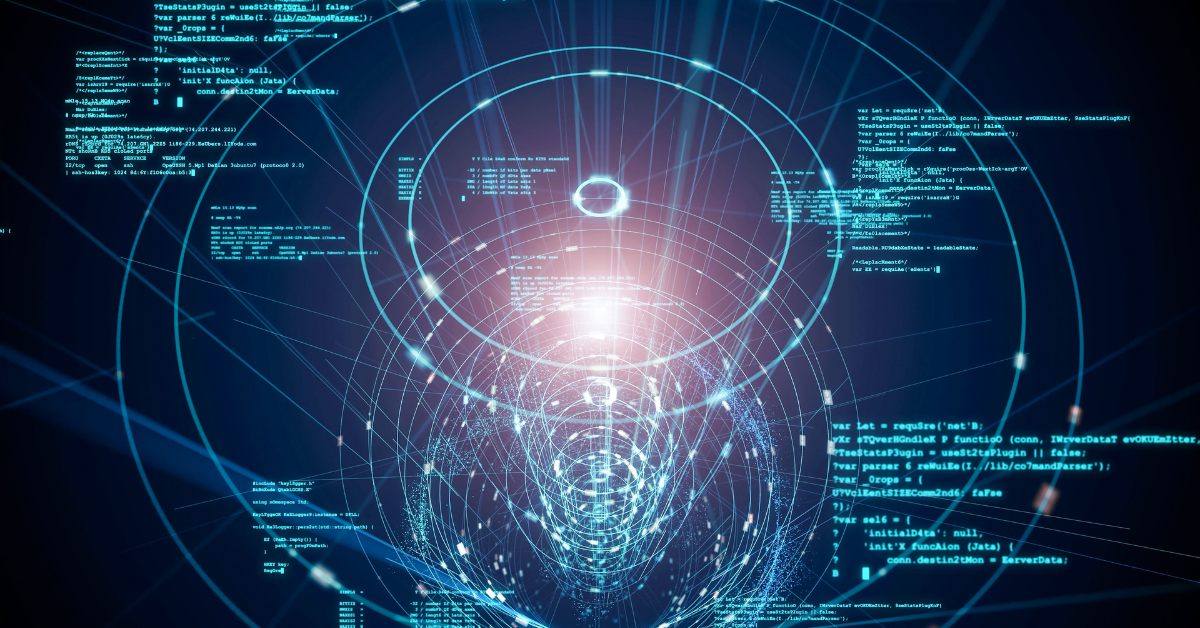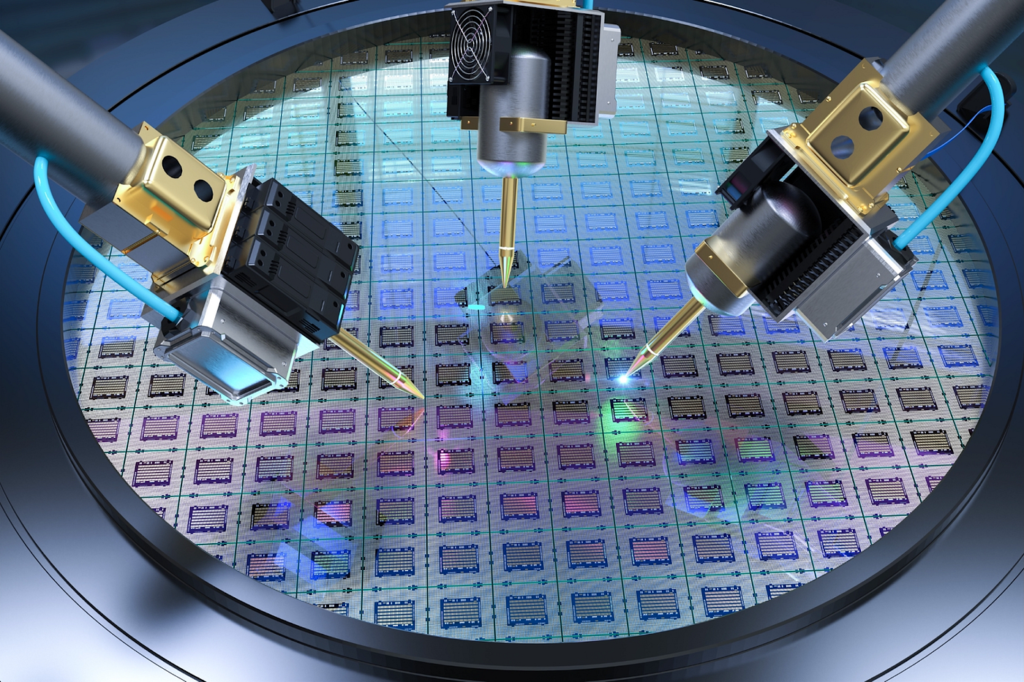The tech industry moves at a breakneck pace, with innovations and disruptions emerging almost daily. Keeping up with the latest developments can be overwhelming, but understanding the most significant stories provides valuable insights for entrepreneurs, professionals, and researchers. Below are some of the most impactful tech news stories shaping the industry right now.
1. The AI Revolution: How Generative Models Are Reshaping Industries
Artificial intelligence, particularly generative AI, continues to dominate headlines. Companies like OpenAI, Google, and Anthropic are pushing the boundaries of what AI can achieve, from creating hyper-realistic text and images to automating complex workflows. OpenAI’s ChatGPT-4o, for instance, offers multimodal capabilities—processing text, images, and voice seamlessly—while Google’s Gemini models integrate deeply into productivity tools.

Generative AI is transforming industries from marketing to healthcare.
Several industries are already leveraging these advancements:
- Healthcare: AI helps in drug discovery and personalized treatment plans.
- Finance: Fraud detection and automated trading are becoming more sophisticated.
- Marketing: Content generation tools save time on copywriting and design.
Critics, however, argue that unchecked AI development poses ethical risks—such as deepfake misuse and job displacement—making regulation a hot topic. The European Union has already passed the AI Act, setting strict guidelines for high-risk AI applications.
2. Quantum Computing Breakthroughs Move Closer to Practical Use
Quantum computing, long confined to research labs, is now making strides toward commercialization. IBM and Google have announced significant progress in error correction and qubit stability, bringing us closer to fault-tolerant quantum machines.
Why does this matter?
- Cryptography: Quantum computers could break traditional encryption, prompting a shift to post-quantum cryptography.
- Material Science: Simulating molecular structures could accelerate drug and material development.
- Optimization Problems: Logistics, finance, and AI training could see dramatic efficiency improvements.

Quantum processors could solve problems classical computers can’t.
Investment in quantum tech has surged, with governments and corporations funneling billions into research. The next five years may determine whether quantum computing remains a niche tool or becomes a mainstream technology.
3. Apple’s Vision Pro and the Future of Mixed Reality
Apple’s Vision Pro, its first foray into mixed reality, has sparked debates on the future of computing. Unlike traditional VR headsets, the Vision Pro blends digital content with the physical world, offering new ways to work, play, and communicate.
Key Features:
- Spatial Computing: Overlays apps in real-world environments.
- Eye and Hand Tracking: Intuitive controls without physical controllers.
- High-Resolution Displays: Sharp visuals for both productivity and entertainment.

Apple’s Vision Pro could redefine human-computer interaction.
While the $3,499 price tag limits mass adoption, developers are experimenting with applications across industries—from virtual meetings to medical training. Competitors like Meta and Microsoft are also refining their AR/VR strategies, signaling a broader shift toward immersive computing.
4. The Battle for AI Chip Supremacy Heats Up
Semiconductors are the backbone of modern tech, and AI’s rapid rise has intensified the race for powerful chips. NVIDIA currently dominates with its GPUs, but competitors like AMD, Intel, and startups like Cerebras are pushing alternatives.
- NVIDIA’s Blackwell GPUs promise 30x faster AI training than previous models.
- Custom AI Chips: Big Tech firms (Google, Amazon, Microsoft) are designing their own processors to reduce reliance on NVIDIA.
- Geopolitical Tensions: The U.S. and China are locked in a semiconductor trade war, with export restrictions impacting global supply chains.

Advanced chips are critical for AI and high-performance computing.
The demand for AI-optimized hardware is expected to grow exponentially, reshaping the semiconductor industry in ways not seen since the smartphone boom.
5. Cybersecurity Threats Evolve with AI-Powered Attacks
As AI tools become more accessible, cybercriminals are weaponizing them. Phishing scams, deepfake impersonations, and automated malware are growing more sophisticated.
Notable Incidents:
- AI-Powered Social Engineering: Scammers use cloned voices to trick victims into transferring funds.
- Ransomware-as-a-Service: Cybercriminal groups now offer subscription-based attack tools.
- Supply Chain Attacks: Hackers target software vendors to breach multiple organizations at once.

AI is both a tool for defense and a weapon for cybercriminals.
Governments and enterprises are responding with AI-driven security solutions, such as anomaly detection and behavioral analytics. However, experts warn that the cybersecurity arms race will only escalate.
6. The Rise of Decentralized Social Media Platforms
Elon Musk’s controversial changes to X (formerly Twitter) have accelerated interest in decentralized social networks. Platforms like Bluesky, Mastodon, and Farcher offer user-controlled alternatives to traditional social media.
Key Differences:
- No Central Authority: Users can migrate data across servers without losing followers.
- Algorithm Transparency: Some platforms allow users to customize content filtering.
- Monetization Models: Creators can earn directly from subscribers, bypassing ad-based revenue.

Decentralized platforms aim to give users more control over their online presence.
While these networks face challenges—such as smaller user bases and moderation complexities—they represent a growing movement toward digital sovereignty.
7. The Green Tech Push: Can Innovation Save the Planet?
Sustainability is no longer optional for tech companies. From carbon-neutral data centers to energy-efficient chips, the industry is under pressure to reduce its environmental impact.
Recent Developments:
- Microsoft’s Climate Moonshot: Aims to become carbon-negative by 2030.
- AI for Sustainability: Algorithms optimize energy grids and predict climate patterns.
- E-Waste Solutions: Startups are developing biodegradable electronics and better recycling methods.

Tech firms are investing heavily in sustainable innovation.
Regulatory bodies are tightening environmental standards, meaning companies that fail to adapt may face penalties or consumer backlash.
Final Thoughts
The tech industry is undergoing rapid transformation, driven by AI, quantum computing, and evolving user demands. These stories highlight both the opportunities and challenges ahead, from ethical AI governance to sustainable innovation. Staying informed isn’t just about keeping up—it’s about anticipating the next wave of change and positioning yourself to thrive in an increasingly digital world.
For those looking to stay ahead, engaging with these trends—whether through investment, research, or strategic planning—will be crucial in the years to come.







